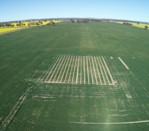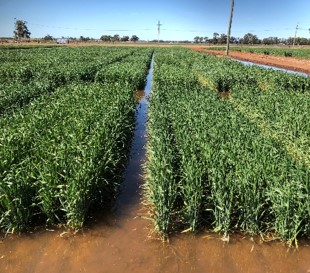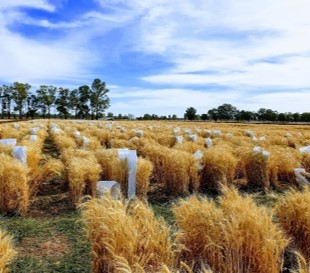
Improving wheat yields on sodic soils
The issue

Dispersive sodic soils cover more than 75% cropping areas of south-eastern Australia and due to their poor water infiltration rate, transient waterlogging may occur, even following a small rainfall event. Transient waterlogging causes significant changes to soil chemistry. This impedes root growth and thus reduces water and nutrient uptake from deep in the soil profile. Significant yield loss (~30-40%) result even in years of average rainfall.
Objectives

- Develop new bread and durum wheat germplasm that shows high levels of productivity on the four major types of alkaline sodic soils found in the Australian grain belt
- Quantify sodicity tolerance among the commercial wheat genotypes
- Identify phenotypic traits associated with the sodicity tolerance of wheat under field conditions
What we are doing
- Establishing screening trials across NSW, SA, VIC and QLD.
- Monitoring crop responses by quadrat sampling and chemical analysis of leaf tissues in a timely manner.
- Investigating the interactive effect of sodicity and transient waterlogging on growth, yield and grain quality of wheat at Leeton Field Station (LFS) using the irrigation facility of Yanco Agricultural Institute (YAI).
- Developing surrogate canopy attributes and plant physiological processes measures using a drone to collect multispectral images identifying early stage vegetation indices
Outcome

Several wheat varieties have been identified that consistently maintain higher grain yield in multi-locations and multi-years trials with diverse growing conditions and subsoil sodicity.
Partners
GRDC
The University of Adelaide
Agriculture Victoria
DAFWA
University of Queensland.
Contact
NSW DPI Wagga Wagga

